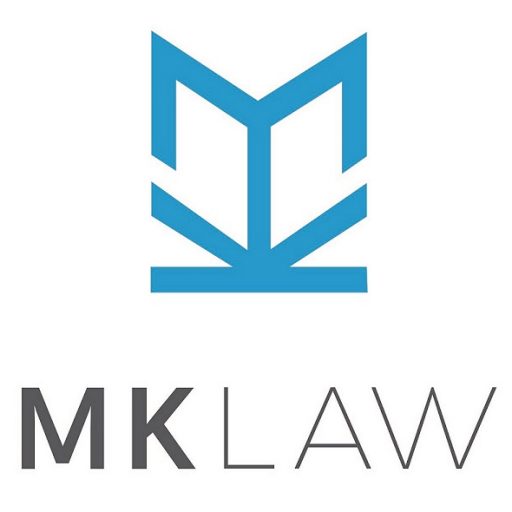31 Oct New Government’s Immigration Policy – the Director’s Cut
 The director’s cut usually refers to an edited version of a movie reproduced to show the movie director’s original intention. The Labour government is currently reproducing its director’s cut off the election version of its immigration policy.
The director’s cut usually refers to an edited version of a movie reproduced to show the movie director’s original intention. The Labour government is currently reproducing its director’s cut off the election version of its immigration policy.
Just like Trump’s election victory, which sent a shockwave through the migrant communities in the US, migrant communities in NZ jittered as the Labour coalition has snatched the National’s win. During the election period, the Labour party campaigned that it would cut down the immigration numbers by 30,000. Worse still, the come-back of the old time nativist Winston Peters claiming the No 2 of the incoming government incited the national media to blow a war horn as if the new government would drive the migrants away from the country. Some predicted that the new government’s immigration policy would land somewhere in the middle between the New Zealand First’s plan to slash immigration by 85% and the Labour’s relatively moderate 40% cut. The business communities are concerned the drastic cut would seriously affect their ability to fill the skill shortage in their businesses.
So how will the director’s cut of the Labour’s immigration policy look like? The devils will be in the details which is yet to be announced, but I believe it will be misleadingly different to the election manifesto.
Here’s why:
Firstly, the Labour’s immigration cut is not about immigration in the strictest sense. What it purported to cut was the annual net migration number, which has reached a record high of 72,000. The net migration number is simply the difference between the long-term arrival and departure.
What it overlooks is the vast majority of migrants who obtain visa onshore but never travelled internationally during the year. The number fluctuates as NZ residents and citizens are travelling in and out of the country (mostly to Australia). As Australia’s economic downturn hits the lowest turn, the net migration gain will decline. We heard the media’s outcry of ‘brain drain’ no so long ago.
Secondly, the new government never touched the national residence programme, which is historically set at 45,000 cases of the residence visa approvals per annum. The vast majority of those new resident visa holders are based onshore.
Lastly, exactly how the Labour-led government will cut the migration number is worth noting as the measures are mainly about the student visas and work visas, which are temporary visas of short duration (usually about 12 months).
So what sort of changes are in the pipeline? The following summarises the details of the upcoming visa changes:
Work Visa (Essential Skills)
Approximately 50,000 work visas have been approved in 2016/2017 financial year. The Labour-led government will bring the ‘regionalised skill shortage lists’ as a measure of stricter Labour Market Test. Under the Labor Party’s calculation, there may be approximately 16% reduction in the number of work visa approvals.
On a positive note, the Labour government will introduce two new work visa streams: Exceptional Skills Visa for those highly skilled and experienced overseas workers and Kiwi Build Visa for the experienced trades workers in the construction industry. These new schemes will add up to 2000 per Year.
Student Visa
Labour party has been highly critical of the low quality “sham” courses which have often been abused as a back door to residency. It has vowed to halt student visas for the low-value courses, i.e. business courses at level 4 to 6 in category 3 and 4 PTEs. Also, it will remove the 20-hour work right for the low-level student visa holders. More significantly, the upcoming change will include scraping the Open Job Search Visa stream.
Resident Visa
Largely, status quo is forecasted for the resident class visas as any immediate change on top of the recent changes under the National government may affect the annual residency programme, i.e. 45,000 approvals. Hence, there weren’t too many talks around the resident visa streams other than the bonus points for NZ Qualification to be removed and the blanket application of 30 points for all applicants under 45. The new government is also said to scrap the $49,000 income threshold for the Skilled Migrant Category.
In the grand scheme of things, the director’s cut version of the Labour-led government is unlikely to deviate much from the practicality of the current immigration policy.
The summary of the Labour party’s immigration policies announced so far are set out in the table below:
| Category/ instructions | Present | Expected changes |
Outcome |
| Student visa | Student visa options available for all NZQA Accredited courses | Limit the eligibility of student visa to category 1 to 2 providers only | Up to 10000 reduced |
| Right to work 20 hours/ week for students at all NZQA Accredited courses | Restrict the work right to the students at a bachelor level or higher | ||
| Post-study work visa | Open Job Search Visa (1 year) for graduates of NZQA Accredited study courses (level 4 to 10) of 2 years or more | Limit the Open job search visa to the graduates at bachelor level or higher | Up to 12000 reduced |
| Work visa | Labour market test, income threshold ($42000), Skill match report etc | Added requirement of “regionalised occupation list” as well as the existing requirements | Up to 8000 reduced |
| Estimated reduction | 30,000 |





Sorry, the comment form is closed at this time.